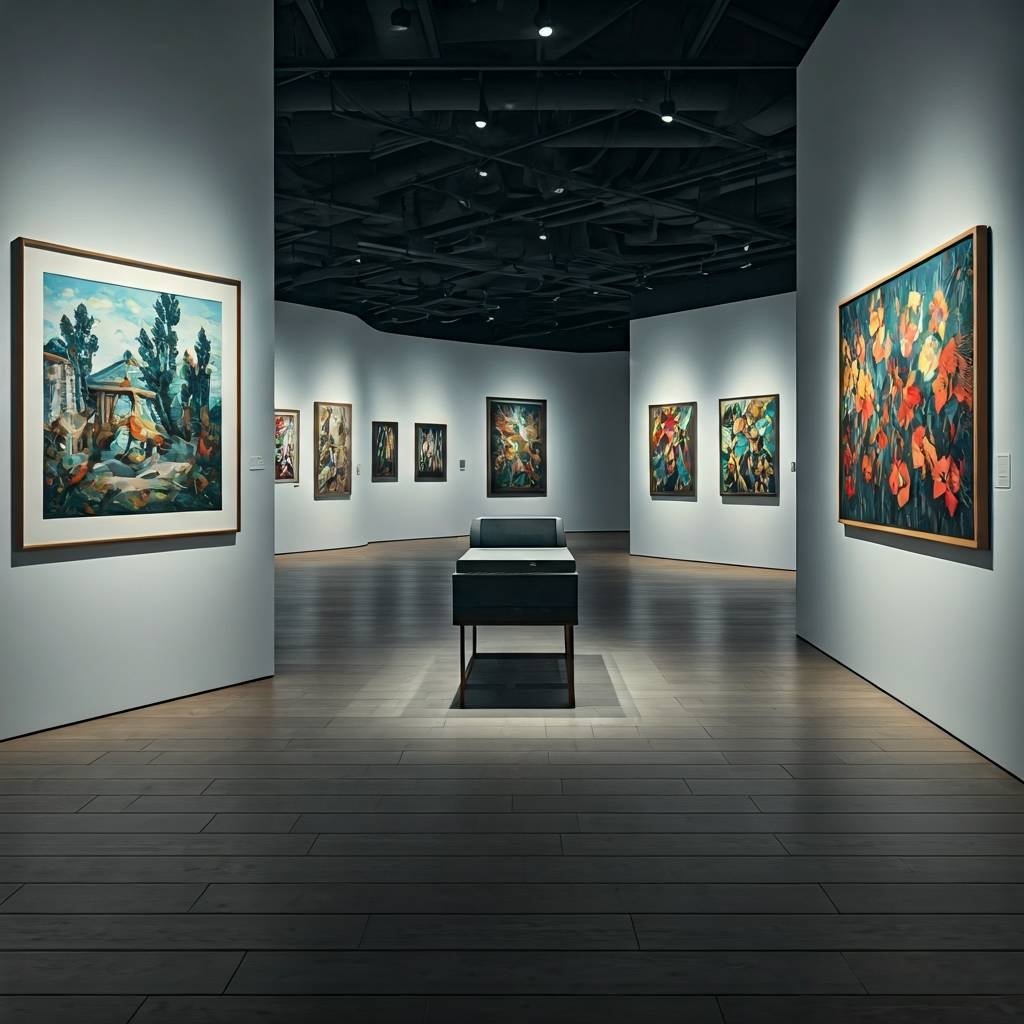AI art has now officially entered the gallery. It’s a game-changer, and institutions are scrambling to adapt to this new wave of creativity. So, grab your favorite beverage, and let’s explore how AI is reshaping the art scene!
The Rise of AI Art
First off, let’s talk about what AI art actually is. Imagine a world where algorithms and machine learning create stunning visuals, music, and even poetry. Sounds futuristic, right? Well, it’s here! Artists are now collaborating with AI to produce works that challenge our perceptions of creativity and authorship.
Key Moments in AI Art History
- Early Experiments: Artists like Harold Cohen began experimenting with AI in the 1970s, creating programs that could generate art.
- The First AI Art Auction: In 2018, a portrait created by an AI called Edmond de Belamy sold for a whopping $432,500 at Christie’s. This was a pivotal moment that caught the attention of collectors and institutions alike.
- Exhibitions and Recognition: Major galleries started showcasing AI art, with exhibitions dedicated to exploring the intersection of technology and creativity.
How Institutions Are Adapting
As AI art gains traction, cultural institutions are finding innovative ways to incorporate it into their programs. Here’s how they’re adapting:
1. Curatorial Practices
Curators are rethinking how they select and display art. Instead of traditional methods, they’re now considering:
- Interactivity: Many AI artworks invite viewer interaction, creating a dynamic experience.
- Diversity of Mediums: AI art can include digital installations, video art, and even immersive experiences.
2. Educational Programs
Institutions are launching educational initiatives to help the public understand AI art. This includes:
- Workshops: Hands-on sessions where participants can create their own AI art.
- Lectures and Panels: Discussions featuring artists, technologists, and ethicists exploring the implications of AI in art.
3. Collaborations with Tech Companies
Many galleries are partnering with tech firms to enhance their exhibitions. This collaboration can lead to:
- Advanced Tools: Using AI for art categorization and preservation.
- Innovative Installations: Creating immersive experiences that blend art and technology.
The Challenges Ahead
While the integration of AI art into galleries is exciting, it’s not without its challenges. Institutions must navigate:
- Ethical Concerns: Questions about authorship and originality arise when machines create art.
- Public Perception: Some traditionalists may resist the idea of AI as a legitimate artist.
The Future of AI Art in Galleries
Looking ahead, the future of AI art in galleries is bright! As technology continues to evolve, we can expect:
- More Diverse Art Forms: AI will push the boundaries of what we consider art.
- Increased Accessibility: With digital platforms, art can reach a global audience like never before.
The day AI art entered the gallery marked a significant shift in the art world. Institutions are adapting in creative ways, embracing the challenges and opportunities that come with this technological revolution. So, whether you’re an artist, a collector, or just an art enthusiast, keep your eyes peeled for the incredible works that AI will continue to produce!

